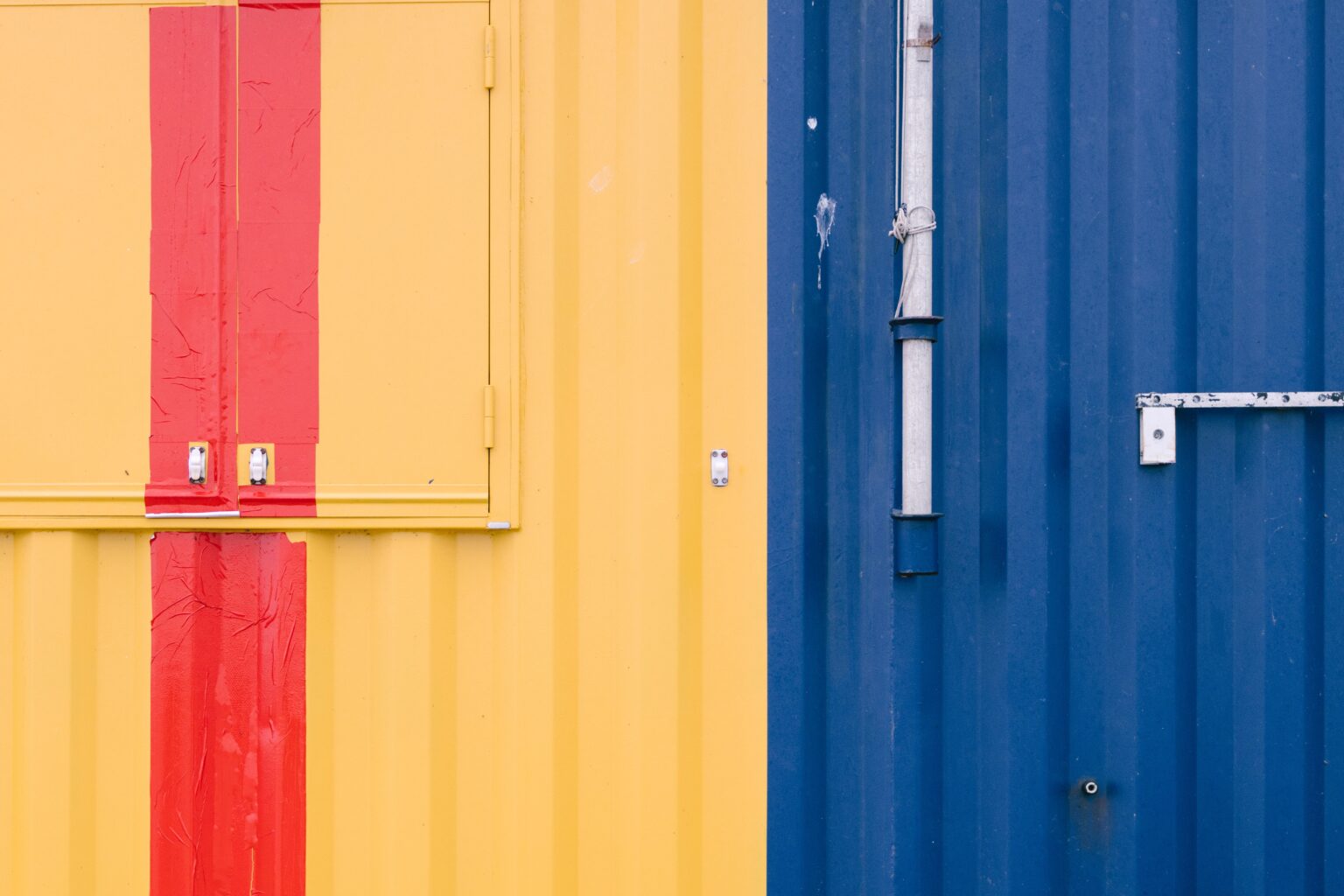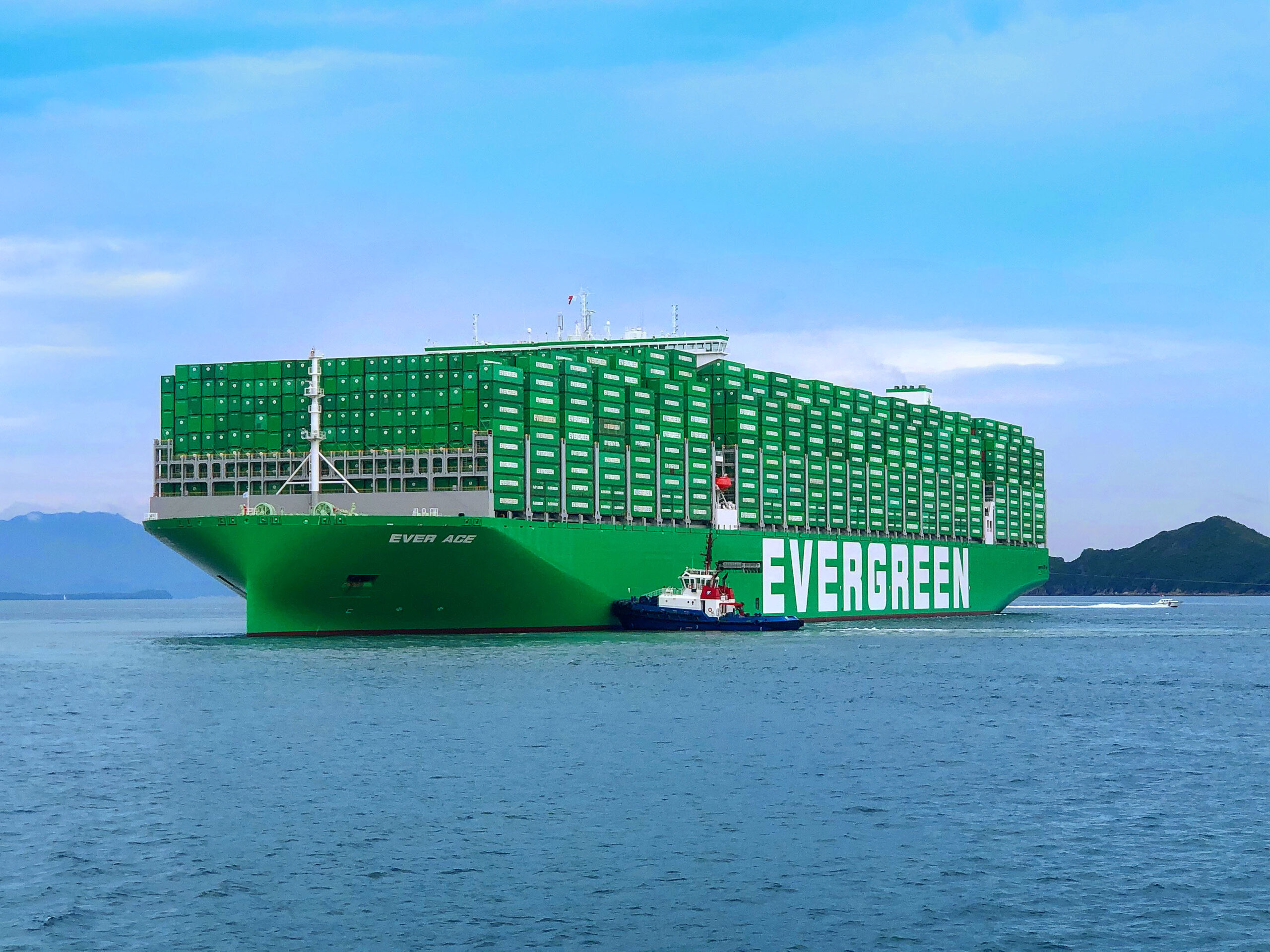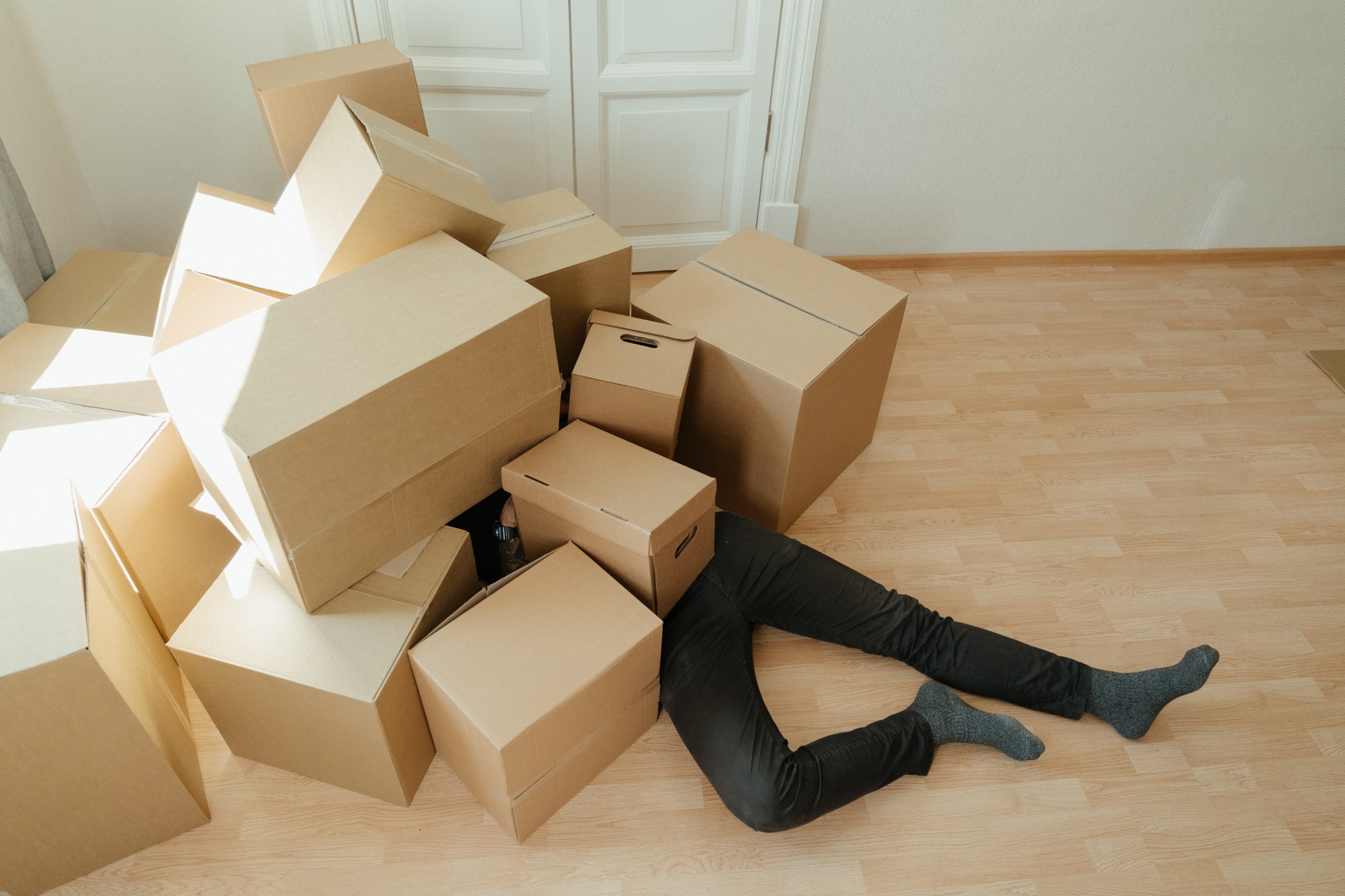On its journey across land and sea, a shipping container is truly put to the test. It needs to withstand strong wind, heavy rainfall, and extreme temperature changes. Sometimes, it isn’t all smooth sailing and goods get damaged during transport. This can be very devastating for a business causing large economic losses, not to mention the negative impact on the environment. So, how can this be prevented?
A customer experienced rust in their moisture-sensitive goods
A while ago, I met with one of our customers for a quality meeting. We have these meetings regularly to evaluate the transport services we provide and to look into possible improvements. The customer told me they had a problem with damaged goods in their shipments between Europe and Asia. They were shipping construction equipment containing a lot of metal, which meant the goods were extra sensitive to moisture.
The transport was very much a standard shipment. The goods had been loaded into containers in northern Sweden in the wintertime. They were then transported by road to a railway station, reloaded, and transported by rail to Gothenburg. In Gothenburg, the containers were placed on a ship and transported by sea to Shanghai in China. In Shanghai, the containers were reloaded one last time before transported by truck to the customer’s warehouse at the final destination in Shanghai.
Unfortunately, when the goods arrived the customer detected rust on the equipment.
Placing a smart monitoring device inside a shipping container
The customer and I had a discussion about the problem. I suggested we placed a smart monitoring device inside one of their containers to carry out a quality test. This way, we could monitor a number of parameters during the container’s journey to figure out where and when in the logistics process the goods were damaged, what may have caused it, and how to prevent it from happening again.
Another customer who also shipped goods regularly to Shanghai was interested in the test as well, and so we decided to involve more parties in the project. In addition to goods damage, we wanted to look into other potential problems related to cargo securing. For example, if the containers were sufficiently secured during transit and rail transport.
Said and done: The monitoring device was mounted inside the shipping container and we waited with excitement to follow up on the result.
The possibilities of shipping container monitoring
Unlike standard GPS devices that are often limited to tracking and tracing shipments only, the smart monitoring device we used for the test had the functionality to monitor a number of important parameters such as temperature, humidity, shock, light, and location.
Adding waypoints and receiving notifications for container position
Before the container was about to be shipped off, we added a set of waypoints to the route. Waypoints are coordinates that specify the container’s position (longitude and latitude). We chose to add waypoints for Gothenburg, Bremerhaven, Singapore, Shanghai, and the customer’s warehouse at the final destination. Each time the container reached a waypoint, we got notified in real-time by SMS or email. We could add as many waypoints as we wanted and specify exactly who was going to get the notifications.
Monitoring temperature and humidity inside the shipping container
We also decided to monitor and record temperature and humidity fluctuations inside the container and receive notifications when predefined levels were exceeded. On its journey from Europe to Asia, the container had to pass different climate zones. In the wintertime in Sweden, the air is very dry and temperatures may drop to below minus 30°C, or more, whereas Shanghai, the air is much warmer and more humid.
When ships travel between Europe and Asia passing the Suez Canal, the container temperature can rise up to 80°C. Warm, humid air condensates inside the container, which can cause container rain damaging the goods if the container is not correctly equipped.
Detecting shock and light entering the shipping container
We also decided to track and record all shock events during the transport and receive notifications every time the container was subjected to a shock. The shipment included multiple modes of transports and also multiple reloads. All types of handling of goods such as changing from one mode of transport to another and reloading containers carry a risk of goods damage. We also decided to receive a notification each time light entered the container, meaning the door had been opened. This way, we would find out about any unauthorised intrusions.
Time to evaluate the data and improve the shipping process
So, what did we find out? Shortly after the container arrived at the final destination in Shanghai, I compiled a report including all of the events during the container’s journey. Looking at the data, we could see exactly when and how much temperatures and humidity levels rose or dropped during transport and at what point it got critical. We could also see the exact date, time, and position of the container when it happened and what notifications had been sent out. The data also revealed the container had been subjected to a shock when it was put down, right before the doors were opened by the customer at the final destination.
All parties involved in the test were very satisfied with the data we were able to collect with the smart monitoring device. Together with the customer, we were able to evaluate the shipment and decide on actions to improve the shipping process. We also decided to carry out more tests for different destinations.
Shipping container monitoring and the future
At Greencarrier Freight Services, we see great potential for shipping container monitoring in the future. Not only does it provide useful data that can be evaluated and acted upon at an early stage. It also allows all parties in the logistics chain to collaborate, it increases visibility throughout the supply chain and allows you to work in a proactive and long-term way. Instead of having to guess what caused a problem, you can find out exactly what happened, when it happened, and how it happened. In other words, shipping container monitoring is a great tool for improving the quality of shipments.
The only thing you can be sure of when shipping goods is that everything doesn’t always turn out exactly as you imagined. By finding the blind spots in the logistics chain, it is easier to see the possibilities clearly. What measures do you take to prevent your goods from getting damaged during transport? Let me know!




